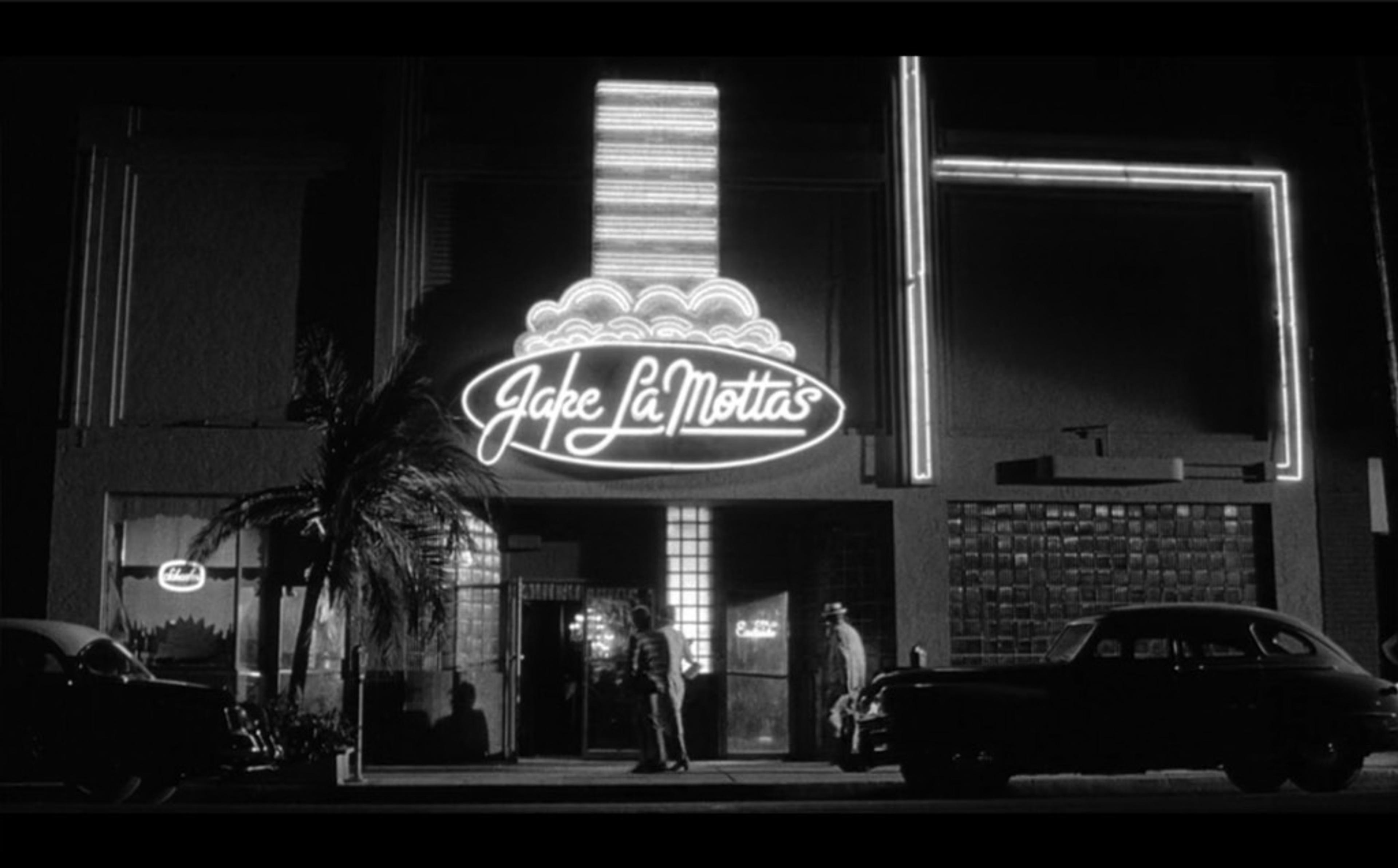Image courtesy Sid Penance’s superb San Pedro Art Deco Flickr album
A nice piece of San Pedro Streamline is going away. And with it, a big chunk of Southland history.
1331 South Pacific Avenue began life as the brainchild of Nick Pericich. In 1940 Pericich hired local architect William F. Durr and spent $19,000 to build the ten-room Pacific Bowling Center. The most modern in the Harbor District!
San Pedro News Pilot, 2 November 1940
San Pedro News Pilot, 4 November 1940
William F. Durr’s largest commission was his grand American Legion Hall, now lost, at Tenth and Gaffey, from 1922. His best known extant work is surely the 1928 Brown Brothers stores and offices at 461 West Sixth:
You’re probably familiar with this one because it’s right across the street from the Warner Grand. Dig that arched transom.
Check out, too, Durr’s 1923 one-story red brick commercial building at 717-19 South Pacific_. _Durr also designed many of the buildings in the Port of San Pedro.
As it is today, with its cool neon’d Streamline pylons
PBC remains a bowling alley for nearly thirty years. Then, records from 1969 indicate 1331 has a new owner, one Al Cordiero. He takes out a permit for this:
And, with that, it becomes a night club called the Dancing Waters.
The club one of the most important venues in the South Bay. Here’s an article about 1331 that doesn’t get its early history exactly correct, but does tell us incredible stuff about the bands that played there.
From the Los Angeles Times, June 22 1995. Courtesy Proquest.
The Waters Club, AKA the Dancing Waters, is spoken of in Craig Ibarra’s recent book about Pedro punk. A review notes:
Al Cordiero poses with the book ’bout Pedro Punk — From here
Besides being a cool South Bay place for norteño and hardcore gigs (e.g., [these](https://live.staticflickr.com/65535/48679708387_d2125e634c_o.png)) Dancing Waters also posed as Jake LaMotta’s Club in the 1980 Scorcese picture _Raging Bull_:
You owe it to yourself to watch the movie if for no other reason than to go to 1:42:51 and see the animated neon waterfall in action
Read some more interesting tidbits about Cordiero and his Dancing Waters here.
So why are we talking about it today? Because we here at R.I.P. Los Angeles look at permits. Here’s one:
So SVN Vangaurd, they marketed Pacific Bowl and the adjacent properties like so in it saying hey, check it out, you can take this—
—and turn it into this:
Specifically, it will look like this
Note in the permit they get a 37% “density bonus.” That’s what’s known as a zoning variance, but they call it a “bonus” because giving something a happy name will make you feel better about the affair. While there is a maximum legislated size they are allowed by law to build, to hell with that. Plus they get to construct the thing fifteen feet taller than they’re supposed to, because they include some subsidized units.
While we’re on the subject, this brick commercial structure two doors down at 1309 South Pacific, built in the fall of 1932, has some cool Deco detailing. It’s part of the Vanguard plan. Pay your final respects when you get the chance.
Sid Penance via Flickr
About Nathan Marsak
NATHAN MARSAK says: “I came to praise Los Angeles, not to bury her. And yet developers, City Hall and social reformers work in concert to effect wholesale demolition, removing the human scale of my town, tossing its charm into a landfill. The least I can do is memorialize in real time those places worth noting, as they slide inexorably into memory. In college I studied under Banham. I learned to love Los Angeles via Reyner’s teachings (and came to abjure Mike Davis and his lurid, fanciful, laughably-researched assertions). In grad school I focused on visionary urbanism and technological utopianism—so while some may find the premise of preserving communities so much ill-considered reactionary twaddle, at least I have a background in the other side. Anyway, I moved to Los Angeles, and began to document. I drove about shooting neon signs. I put endless miles across the Plains of Id on the old Packard as part of the 1947project; when Kim Cooper blogged about some bad lunch meat in Compton, I drove down to there to check on the scene of the crime (never via freeway—you can’t really learn Los Angeles unless you study her from the surface streets). But in short order one landmark after another disappeared. Few demolitions are as contentious or high profile as the Ambassador or Parker Center; rather, it is all the little houses and commercial buildings the social engineers are desperate to destroy in the name of the Greater Good. The fabric of our city is woven together by communities and neighborhoods who no longer have a say in their zoning or planning so it’s important to shine a light on these vanishing treasures, now, before the remarkable character of our city is wiped away like a stain from a countertop. (But Nathan, you say, it’s just this one house—no, it isn’t. Principiis obsta, finem respice.) And who knows, one might even be saved. Excelsior!””
Nathan’s blogs are: Bunker Hill Los Angeles, RIP Los Angeles & On Bunker Hill.
